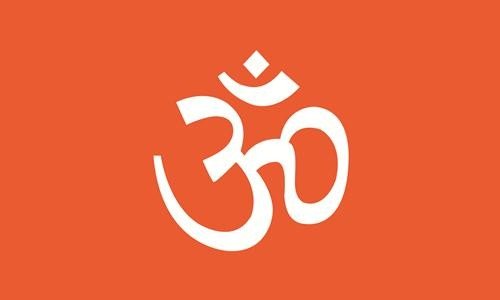
Hinduism is the world’s oldest living religion with roots and customs dating back some 4,000 years. Originating on the Indian subcontinent, Hinduism is a dharma, or a religious and universal order or way of life, by which followers abide. Hinduism has an extraordinary range of expression involving a diverse array of practices and a host of deities.
According to Hinduism, the soul has no beginning or end. This means that the funeral is a ceremony to help the soul pass through to reincarnation (taking on a new physical body). Family members will sing hymns and recite prayers, creating positive energy to allow the soul to leave the body. It is customary for family and friends to visit the home of the bereaved to offer their sympathy. Those attending the funeral ceremony are expected to wear white clothing. In Hinduism, white signifies purity, so dressing in white is a way of showing respect to the departed and the family.
Generally, tradition holds that the body is to be cremated. The purpose of cremation is to sever the ties of the soul to the body and propel the deceased into their next rebirth. It is common practice that the body be kept in the home until the cremation occurs.
Hindus believe that the body is a temporary vessel and eventually dies, whereas the soul is eternal, taking birth in another physical body or form.
Woodlawn continues to be a non-sectarian cemetery without a specific religious affiliation.
